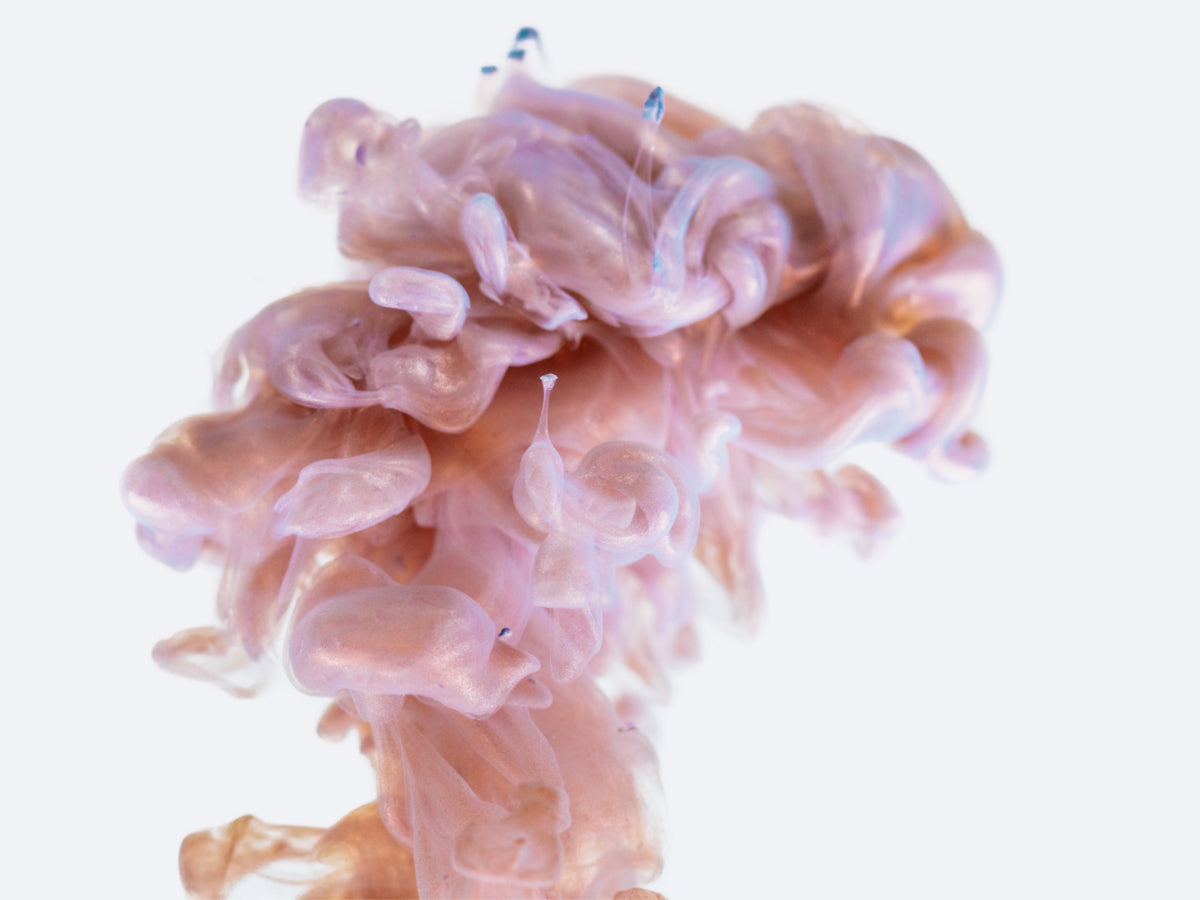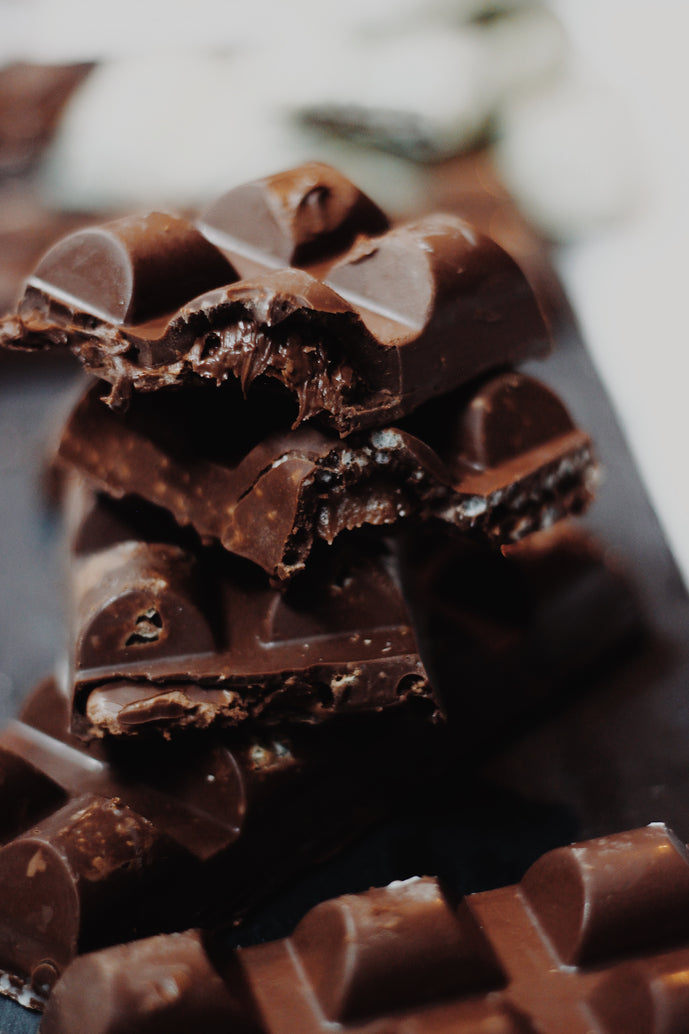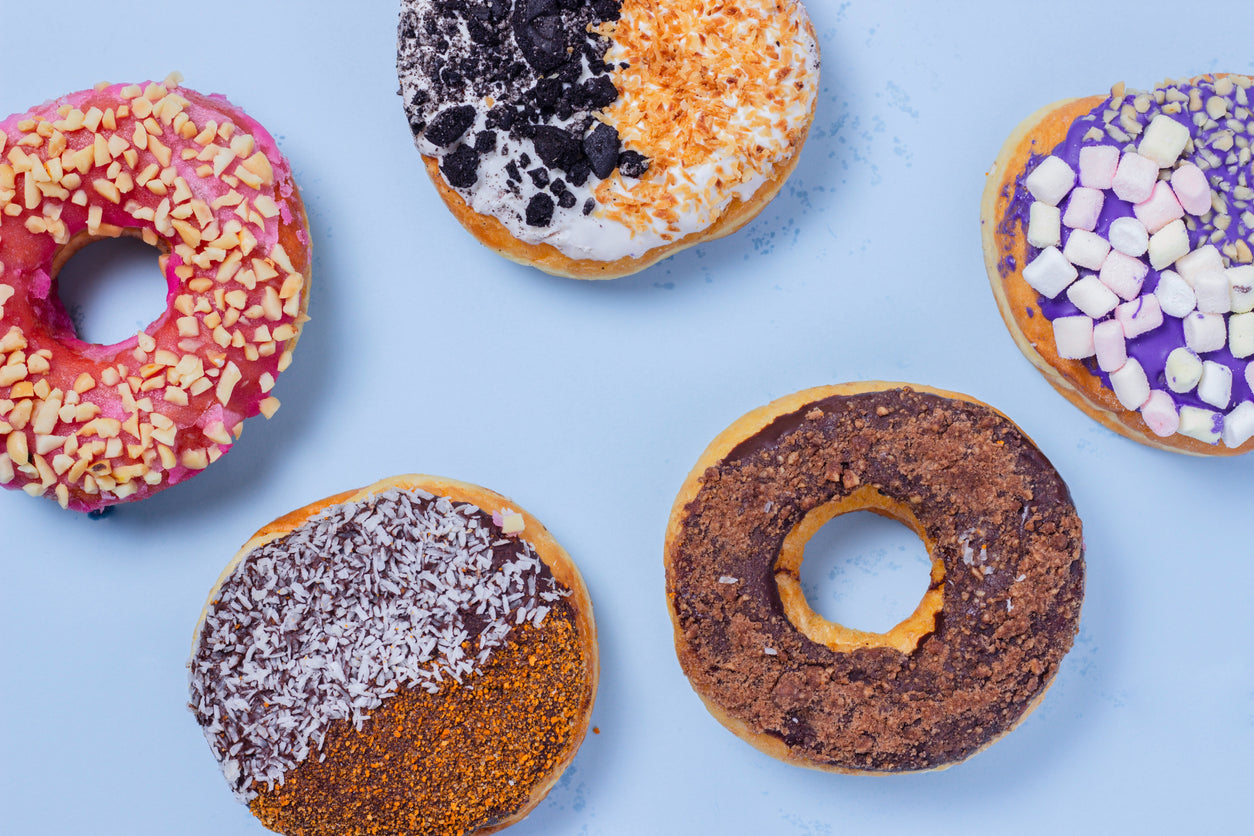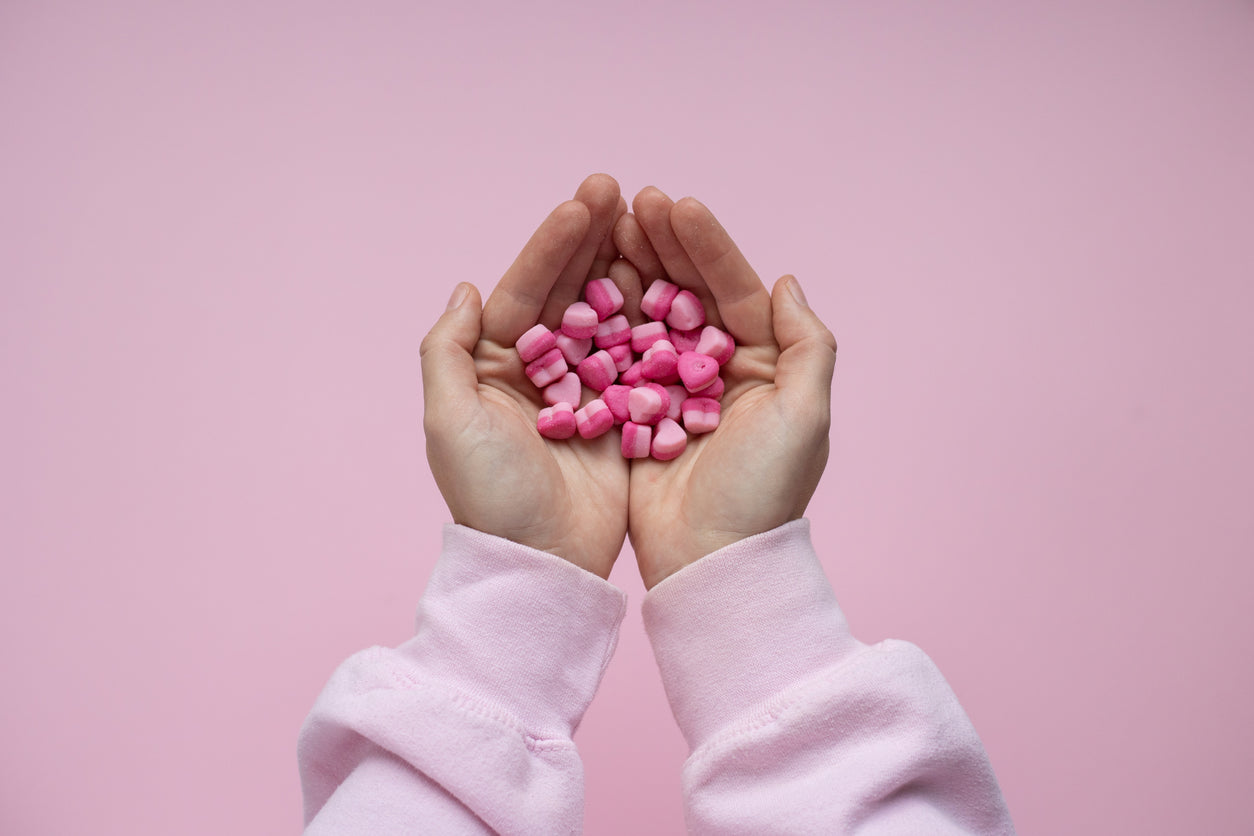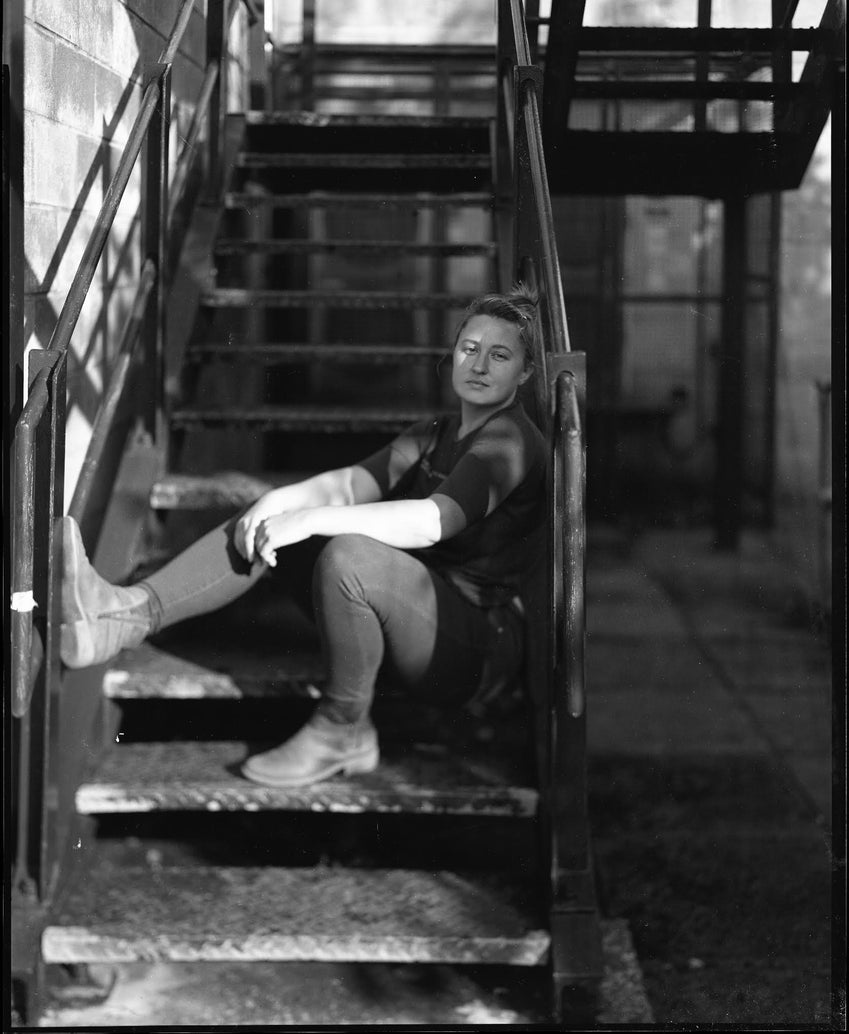Talking technical: it’s transmitted from the ventral tegmental area within your basal ganglia, via the mesolimbic pathway to your orbitofrontal cortex. Wait…come back! You don’t need to know any of that! All you need to remember is that it’s the carrier of information in your brain’s reward system.

So…it all starts in your basal ganglia, which are located next to your midbrain, making them some of the oldest structures in your brain. One of their primary roles is action selection, or in other words: learning habits. This reflects our ancestral relationship with dopamine, which has shaped us from early man to who we are today. Read more about it here.
And it’s transmitted to your orbitofrontal cortex. You can read more about that here. But essentially, it’s where the signals from your scent and taste receptors are also processed, and is key to the Cross-Modal Sensory Compensation Effect that kills your sugar cravings.
But how?
Most people know of dopamine as the pleasure chemical, but the discovery that it also plays a major role in motivation and behaviour is really important. Essentially, it signals the desirability of an outcome and so propels you to take action (or not) to achieve that outcome. Dopamine effectively acts as a ‘teaching’ signal. It conditions you to repeat an action automatically. You might’ve previously read our explanation of habits where we discuss this routine: Trigger>Desire>Action>Reward. The reward is actually the dopamine.
Eat. Release. Repeat.
The first time you take a specific action that results in dopamine being released (like eating chocolate), your brain remembers the details. Not just about how much dopamine was released, but also about your environment. The sights, smells, sounds, and timings; what we collectively refer to as your trigger.The more you encounter a trigger and experience the dopamine release, the more your brain expects it – so you begin to reinforce the routine. After a few repetitions, your brain tells you to take the action that it knows will give it the dopamine it wants. That’s why so many people crave sugary foods after dinner.
So, let’s revisit our example:
Before you first sat on the sofa eating biscuits, the sofa is what we call a neutral stimulus. This means that it doesn’t automatically make you crave sugar. But after a few times of going through the familiar routine, the sofa now becomes a conditioned stimulus. Your brain now associates sitting on the sofa as the trigger, so it makes you crave biscuits so it can get its dopamine fix.
Breaking this association is key to breaking your habit. Thankfully, that’s exactly what Killa Vanilla helps you do. It gives your brain the dopamine hit it’s really craving.
And there you have it: millions of years of evolution outsmarted in just a few sniffs.
